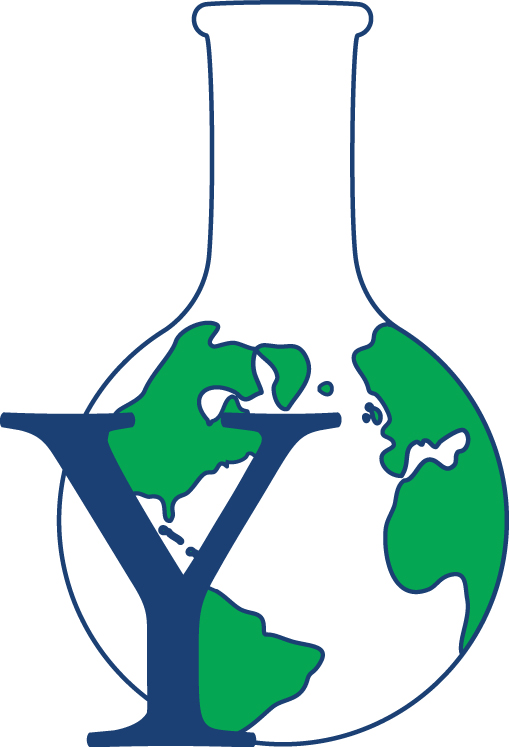Overview
Based on enhanced estimates of the blue water footprints (WFbS) of nations and economic sectors, our research aims to inform an average consumer, a country, and an economic sector of the potential leverage through altered consumption behaviors on water conservation and water stress mitigation both domestically and abroad.
Study
We developed a hybrid WF accounting model, which enhanced previous estimates of the WFbs of nations and economic sectors with improved spatial coverage and sectoral resolution while considering potential environmental relevance. For consumers in each country, we revealed the geographic sources of their WFbS and the finished commodities that ultimately drove the water consumption. Accordingly, we identified the consumer’s top leverages in water conservation, i.e. the commodity aggregates having the largest contributions to the consumer’s WFb, distinguishing between the implications on domestic and foreign environments. We are reevaluating the roles of the economic sectors in freshwater usage, such as the water-energy nexus, based on the water consumption accounted from both a consumption and production perspective.
Impact
Our work bridges the WF research and demand-side management (DSM) studies, extending the geographical and sectoral scope of conventional DSM measures and enriched WF’s policy relevance. Valid WF estimates have the potential to better inform the development of national policy on water management and food security, and eventually enable a global certification framework and product label that informs individual consumers of their responsibility and leverage in achieving water sustainability.
